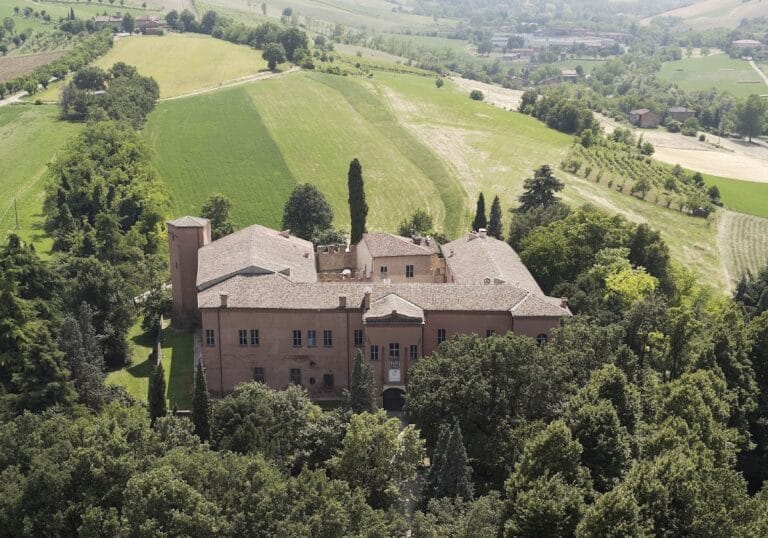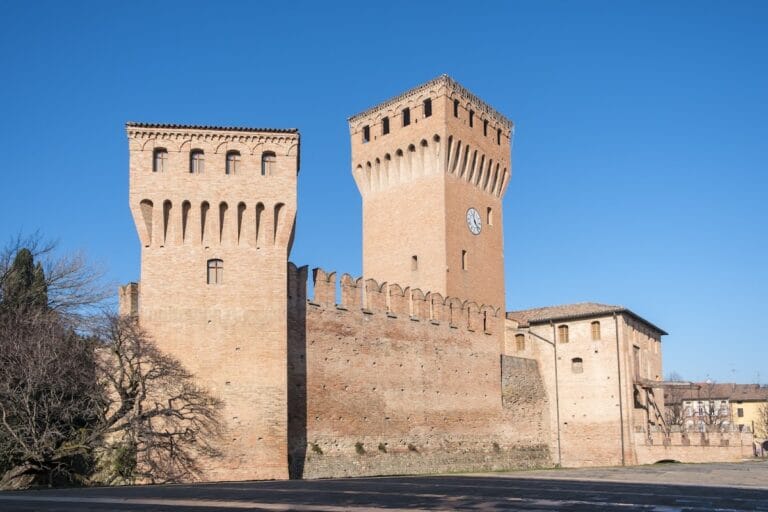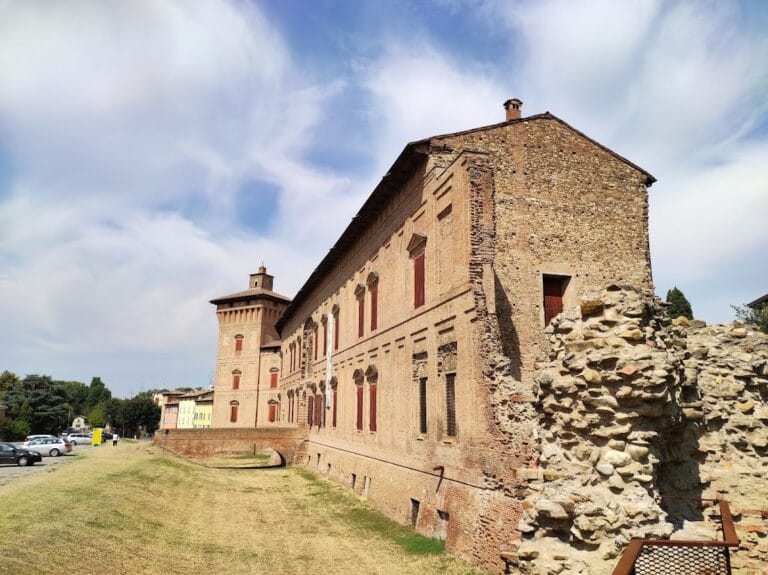Castello di Montegibbio: A Historic Castle in Sassuolo, Italy
Visitor Information
Google Rating: 4.4
Popularity: Low
Google Maps: View on Google Maps
Official Website: www.castellodimontegibbio.com
Country: Italy
Civilization: Medieval European
Remains: Military
History
The Castello di Montegibbio is located in the municipality of Sassuolo, Italy. It was originally constructed around the year 920 by the religious community associated with the Parma Cathedral. Its primary role at the time was to serve as a fortified refuge against Magyar incursions that threatened the region.
In the early medieval period, the castle came under the control of various noble families. Ownership briefly passed to Bonifacio of Canossa and subsequently to his daughter Matilde. Later, the fortress was held by the Della Rosa family, lords of Sassuolo. In 1325, the castle was destroyed during hostilities when Francesco dei Bonacolsi, a Ghibelline leader from Mantua, led an assault against it. However, the following year, the Della Rosa family, supported by Versuzio Lando, a Guelph ally, successfully retook the castle and oversaw its reconstruction.
By the late 14th century, the estate entered the hands of the Este family, prominent rulers in the region from 1375 onward. In 1499, ownership transferred to Pio di Carpi. Shortly thereafter, a powerful earthquake in 1501, which coincided with the catastrophic Salsa di Montegibbio landslide, caused severe damage to the castle, leading to its abandonment for more than a hundred years.
The castle saw renewed life in the 17th century when the Boschetti noble family from Modena acquired the fief and began restoration efforts around 1636. Subsequent proprietors included Marquis Ottavio Spolverini of Verona, who obtained the property in 1696, and later Luigi Canonici, a nobleman from Ferrara, in 1767. During the 19th century, the Nanni family held the castle before it passed to the Borsari family of Finale Emilia in 1851. The Borsari initiated further renovations to the structure. Since 1971, the municipality of Sassuolo has been the owner of Castello di Montegibbio, preserving its historical legacy.
Remains
The castle occupies a hilltop site and is arranged around an irregularly elliptical courtyard that forms the heart of the complex. Within this central space stand several distinct buildings that illustrate the layered history and functional diversity of the site. Among these are the parish house, which is accompanied by its bell tower, and the Church of San Pietro Martire, indicating the continued religious presence on the grounds.
Adjacent to these is the marquis’s palace, reflecting the residential aspect of the castle’s later noble ownership, alongside the principal defensive feature: the main castle tower. The courtyard also includes a dovecote, historically used to keep pigeons or doves, which was an important resource for communication and food. Service quarters are present as well; these structures originally served agrarian purposes such as barn space and storage, supporting the castle’s self-sufficient operation.
At the rear of the complex lies a garden space, offering a cultivated area within the fortified enclosure. Near the entrance, one building is adapted to house the municipal vinegar factory, known locally as the Acetaia Comunale, showing a modern reuse integrated within the historic setting.
The construction techniques and materials reflect the medieval and early modern periods of expansion and repair, but no detailed information is available regarding decorative elements or inscriptions. The overall condition of the structures includes restorations completed mainly in the 19th century, contributing to a well-preserved ensemble that still conveys the varied uses and phases of the Castello di Montegibbio across its long history.







